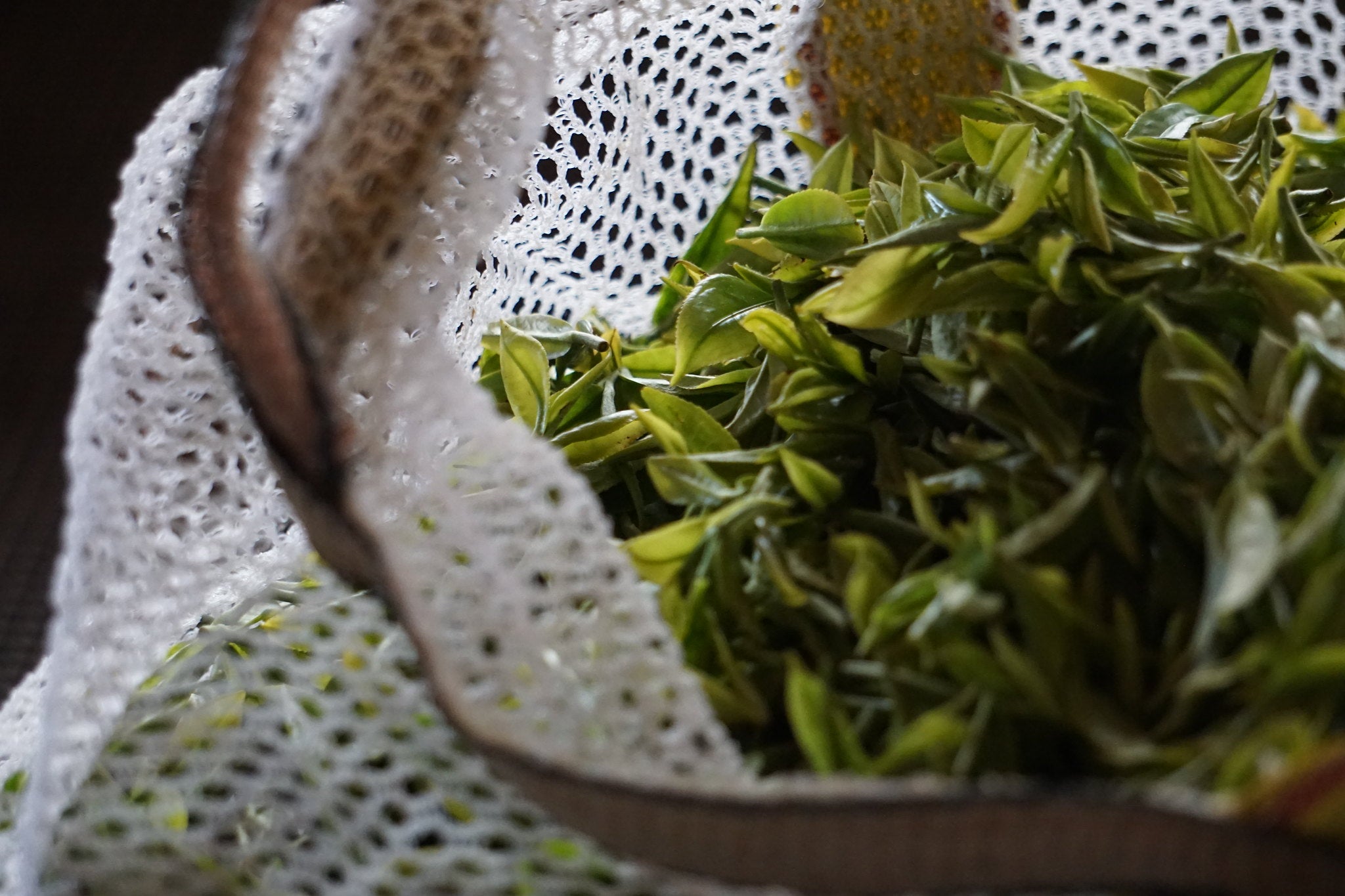Escape to Darjeeling: a Journey to India's Northeast
Nestled nearly 7,000 feet high in the foothills of the Himalayas, the district of Darjeeling is India's most iconic tea-growing region. Its delicate and floral tea is a result of the region's terroir: a unique mix of rich soil, lush landscape, microclimate, and high altitude.



Two leaves and a bud: Darjeeling tea is famously delicate and floral. Two leaves and a bud constitute a tea leaf, which is then allowed to dry and develop its unique flavors. First Flush Darjeeling tea is plucked in the spring, typically from late February to mid-April; these leaves are tender, resulting in a lighter tea. Second Flush Darjeeling tea is harvested from May to early July; these leaves are more robust, producing fuller-bodied tea leaves. The finest of Darjeeling teas are brewed without milk to savor their nuanced flavors. In Darjeeling, all tea leaves are plucked by hand still -- no machinery whatsoever. It's a distinction that helps keep alive the tea growing traditions of a bygone era. Less than a 100 tea estates in this corner of India produce the world's supply of Darjeeling tea.


The process: our Darjeeling teas are hand-picked, withered, rolled, oxidized, dried, sorted and then shipped to us. By cutting out brokers and middlemen, more profits go in the hands of farmers and workers --- and you get the freshest tea.


Regenerative organic: we source our teas from regenerative organic tea estates that are pesticide-free and invested in the health of the leaf, the people who pluck it, and the land that produces it. These estates also work actively to mitigate the effects of climate change by planting trees to protect from landslides and runoff, using mulch and covering soil to control erosion, and preserving areas for forestry and wildlife to flourish.

The final product: Darjeeling produces an array of teas -- white, green, and black -- all stemming from the same plant, Camellia Sinensis, which was first reportedly planted in the region in 1841. Darjeeling Green tea (pictured above) has not been oxidized like its black counterpart. Thus, it retains its green color, has less caffeine, and is rolled and dried shortly after being harvested.



The surroundings: Set at the base of the Himalayas, framed by Kanchenjunga, the third highest mountain peak in the world, Darjeeling is a stunning landscape with switchback roads that hug mountain sides, lush local flora, and tea gardens as far as the eye can see. It's the Champagne of India, one could say -- a place synonymous for what it grows, artisanal production, and growers who are passionate about the future of tea.
Curious about Darjeeling teas? Shop Alaya's Darjeeling teas here.
Photography credits: Esha Chhabra and Boudhayan Bardhan
